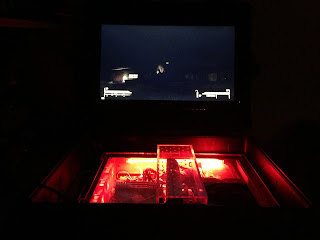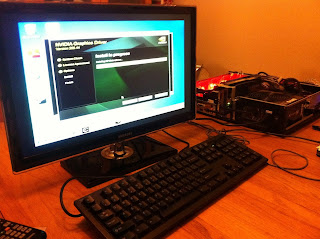Now, I have decided, it would work much better for games specifically. How do I do that? Mods! One game I have experience with modding is Skyrim, so I went with that.
In order to mod Skyrim, you use their Creation Kit, and with that, you can use their scripting language, Papyrus. It is a great way to make mods for the game. Unfortunately, as Papyrus is a scripting language they made for modding, it can be very limiting. For instance, I want to be able to control the LED's in my case, but I would need to do serial communication, which is needless to say impossible to do in Papyrus.
So then I found ScriptDragon, which allows you to use the functions in Papyrus, in your own C++ scripts. Perfect!
The first idea I have, is to make it so I catch the event for when the player is damaged, then flash the lights. After I get this working, I can get into more complicated things:
- Different colors for different types of damage (Fire, Ice, Lightning, Physical,..etc)
- When charging magic spells, light up the LEDs, with the respective color
- Reflect the Compass (If that is possible in anyway)
















